Malibu and Me, Part 1: 1992-1993
Looking over the broad sweep of my career as an artist, there were three major phases: commercial art/print media (1983-1989), comic books (1989-1996), and TV cartoons (1996 to today). I’ve been drawing comics since I was a kid, but there was a seven year period where it became my day job. And at the exact halfway point of that period (December 1992), I joined the in-house staff of Malibu Comics.
That wasn’t just a change in job title, it was a complete uprooting of my life. Up to that point, I lived in Michigan for all 27 of my years on Earth. When I said yes to the offer, I got on a plane to Los Angeles with my wife and 3-year-old daughter and said goodbye to my homeland while a moving truck carried everything we owned (including my car) across the country. We’d be reunited with it a week later in an apartment we hadn’t even seen yet. It was a true adventure. A top 5 as life events go. Without it, I wouldn’t have found my third career. No idea where I’d be now.
It came about because of my work for Malibu as a freelancer. I’ve told the story step by step in previous articles; I pitched my series BROID to Editor Chris Ulm in the summer of ’89 and he liked it enough to offer me the penciling duties on Lensman. This allowed me to leave behind the world of commercial art for my dream career, almost at the exact moment my daughter was born. (I was literally thumbnailing Lensman #1 in the delivery room.)
The three Malibu principals at the 1990 San Diego Comic Con (L to R): Chris Ulm, Dave Olbrich, Tom Mason
Over the next three years, Malibu was my primary client on one comic assignment after another. When they discovered I could do lettering and logo design, they added that to my roster. Based on their feedback, I’m pretty sure it made me their most proficient and reliable freelancer. When the workflow started to dip in 1991, I thought the end was in sight and I started looking for other clients. But in fact, wheels were turning to deepen our relationship.
I’ve written about it before; 1992 was the year independent comics increased their market share, thanks in large part to the fledgling company Image. A cadre of Marvel’s most popular artists decided to stop investing their time in corporate-owned characters and create their own. The idea of it was long overdue. Unfortunately, the artists themselves were not writers, and their ideas were mostly more of what we already had. But the kids came out in droves and ate it up. Despite its many deficits, Image was the new hotness.
They needed a company to handle their infrastructure for that first year (production, printing, shipping, accounting, etc.) and they chose Malibu. In the wake of this, Malibu was flush with cash. With it, they decided to start up a superhero universe of their own. At first they called it the Megaverse, then it became the Ultraverse. They avoided the Image deficit by hiring a group of well-known comic writers to do the world-building and began the process of expanding the company to handle the incoming workload.
I was a beneficiary of that expansion. When they drew up their wish list of freelancers to bring in-house, my name was close to the top. When they offered me the job of running a new art department to handle lettering and other projects, it was the best option on my plate. Michigan had very little to offer, and after some experience freelancing for other publishers, I didn’t feel like I was going to get much farther on my own. California, here I come.
Everything about that move was symbolic. It was the morning of December 6 1992, and an ice storm was on its way. We were on the first flight out, and I’m pretty sure the airport closed as soon as we left the ground. L.A. was bright and sunny. It was like traveling from winter to summer. All our preconceptions about the place floated away as we drove our rented car to our new home and found it to be just right. The next day, I walked into the Malibu office for the first time and my new life began.
Best/worst of times
No job is ever perfect. Conditions are never ideal. There’s always something you wish could change. The gap between where we are and where we wish to be is where our character comes from. The best thing I can say about Malibu is that it was loaded with character. The worst thing I can say about Malibu is that it often fell victim to self-sabotage. Some days it was the greatest job I ever had, and others I wanted to set fire to the building. To this day, I feel so conflicted about it that I hardly know where to begin.
I apologize in advance if this account reads like self-therapy. There is some exorcism involved. But my mission here at ArtValt has always been to demystify the art world, and this seems like an excellent opportunity to do just that. In order to keep a running tally, I’ll tag the positives green and the negatives red. Let’s see how it adds up.
First impressions
The more I learned about Malibu during my 3.5 years as a freelancer, the sketchier it got. My “home turf” was the Eternity imprint. That’s where I got my first break, a sub-group of anime/manga style comics that appealed to me personally. Ninja High School and Captain Harlock were both comics I chose to buy. I didn’t know anything about the various other Malibu imprints (Adventure and Aircel) until my work started to cross over into them, either as full comics or lettering/logo assignments.
The more I saw, the less I liked. There were some real turds in that soup. (Catch a whiff here.) The thing that put a perpetual question mark over my head was that there was also an occasional gold nugget among the turds. They clearly knew the difference, but they kept on squeezing out the turds anyway. Why? It wasn’t doing their reputation any good.
I never figured that one out. Maybe they cleared just enough profit from turd sales to keep the lights on and try for a gold nugget once in a while. But I could never bring myself to actually put that question to an editor. It had the weird side effect of making me immune to compliments; any time one of them would say something nice about my work, my mouth would say “thank you” but my brain would say, “but you also publish turds, so how can I believe you?”
Anyway, that brings me to the editors. Most of my communication had been with EIC Chris Ulm. He hired me for Lensman, greenlit my original projects, and later shifted me over to Captain Harlock and Robotech. His assistant Dan Danko took over when Chris moved over to the Ultraverse project. So Chris and Dan were the ones I communicated with most before the move.
I’d met the other principals at a convention or two: Creative Director Tom Mason and Publisher David Olbrich. They were friendly, funny, and welcoming. But behind the smiles, I knew THEY knew that their company was pushing out a lot of turds. They were either powerless to stop it, or simply saw it as a necessary evil. The only way for me to reconcile this internally was to place my faith in these guys and move forward.
I noticed something over time: as more energy was directed toward the Ultraverse, fewer turds appeared on the playing field. It was proof that things could get better, so I held onto it as proof of my faith.
Not actually in Malibu
Malibu is a beach community on the California coast, one of many that gets grouped into the sprawl of Los Angeles. Malibu Comics (originally called Malibu Graphics) was never located in Malibu. Instead, they were a few miles inland with a whole mountain range in between. They chose the name because it invoked a certain atmosphere; it makes you think of casual beach attire and lazy afternoons sipping tropical drinks. People who live that life would make cool comics you could relax with, wouldn’t they?
When I arrived, they were in a basic office park in Westlake Village, on the border of the slightly better known city of Thousand Oaks, where my apartment was. I liked the area, rich with trees and mountains wherever you looked. A far cry from Michigan, which could only boast occasional rolling hills. I found the mountains instantly comforting, like a protective cradle.
The building itself was half office, half warehouse. All the office space was occupied, and the new art department would share the warehouse with the computer coloring department, the archives, the shipping department, and an attorney tucked back into a far corner. There were no tropical drinks.
I hadn’t seen computer coloring in action before, so it was interesting to peek over their shoulders from time to time. I would be doing it myself just a couple years later. The room was cavernous and easily filled with noise, especially when the shipping department did their thing. It also filled up with heat in the summer, since it didn’t have proper HVAC. We sweated it out and traded germs until the bosses took mercy on us and allowed work-at-home to reduce our exposure.
Me all alone as a 1-man art department, before the posse arrived. From a video profile shot in early ’93 (see it here).
My posse
One by one, they marched in from over the horizon. Like me, they were all artists who could draw. Sometimes we would be asked to draw things. But mostly we just stuck to the specific tasks we were hired for. We would get our assignments from editorial and dig in.
Dave Lanphear, Patrick Owsley and I were the letterers and logo designers. Larry Welch was an in-house inker. Albert Deschesne was the first in-house color designer. Bruce Lewis was a graphic designer and first-gen Mac master. Jason Levine was our production assistant. We all hit it off right away and became an instant brotherhood.
Together at last (L to R): Bruce Lewis, Dave Lanphear, Larry Welch. That’s my desk in the corner.
Since we were working in such close quarters, we learned a lot about each other in a short time, sharing our histories and influences. We all had stories to tell, favorite works to commiserate over, running jokes, and much more. It fulfilled one of the dreams I had as a kid, scribbling away all alone in my bedroom, wishing I had a peer group to enrich the experience. I had to come all the way to California to find it, but there it was. Dave and I were like long-lost brothers separated at birth. Bruce and I were born just a few days apart and grew up on the same anime.
This also had the natural effect of unifying us against things we mutually disliked. And sometimes those things were just one room over.
Antics with Gigantor, pics taken while the Gigantor comic was in production.
Bruce Lewis at left, Dave Lanphear at right. Pat Owsley in center with Dave Olbrich behind him.
The workload
It usually took us two days to letter a single comic book. It was all done by hand either directly onto the art or on label material that had to be trimmed out and stuck to the art. I used both methods as a freelancer, depending on the state of the project. If it hadn’t been inked yet, we could letter over the penciling. If it had, our only option was to use the labels. (These were the pre-digital days, after all.)
We always preferred method 1, because it saved the inker some time. Method 2 was heartbreaking; we’d get completed pages and then proceed to cover up finished art with word balloons. I couldn’t let myself think about how many hours were spent on artwork nobody would ever see. I don’t know if it was even preserved photographically. And I can’t imagine what it was like for an artist to get one of their originals back to find it partially covered by stickers. The adhesive certainly wouldn’t age well. I knew we couldn’t be the only company using this method, but that didn’t make us feel better.
One of my reference diagrams for the Ultraverse Bible.
As the Ultraverse comics piled up, special projects came with them. This went beyond logo design for the comics to include logos and graphics in the world itself. It was a shared universe, so all the artists drawing the comics had to have common reference points for specific places, company logos, recurring characters, alien languages, you name it. When something needed designing, we were the go-to department. For example, I was asked to create visual material for the Ultraverse bible that became everyone’s world guide.
In later years, I did stuff like this constantly for the various TV cartoons I directed.
Larry Welch would get inking assignments as a fill-in artist if a comic was running late, or if a single illustration needed finishing. Bruce handled everything that needed to be done digitally, like editorial pages, advertising materials, text-based projects, and more. He eventually became the de facto art director for The Malibu Sun, the company’s monthly promo magazine. This was a time before most of us had computers at home, so it gave us a look at the cutting edge.
Here and below: my logos on various Ultraverse comics. I lettered several of them as well.
Seeing the Sausage
It goes without saying that we all grew up reading comics. They were in our blood. It was interesting to now be working directly with material that, in some cases, was written by some of the same names we learned twenty years earlier in Marvel and DC books. The artists came from all over the map with varying degrees of experience from newbies to veterans. As letterers, we saw it all up close. We did not like everything we saw.
This was 1993, when Image Comics was at peak popularity. As artists ourselves, we were eminently capable of recognizing when Image artists were cheating and covering up, and we had buckets of contempt for them. It wasn’t based on jealousy. We could not possibly be jealous of cheaters. Instead, it was disbelief. The kind you get when it seems like the rest of the world is blind to what you see: a rogue’s gallery of naked emperors. And anything we saw in the Ultraverse comics that fell into that bucket ended up on our “wall of shame.”
Unsurprisingly, the editorial department didn’t appreciate our “wall of shame.” But the thing was, they couldn’t disagree. Bad art was bad art, and no amount of wishing was going to transform it into good art. Unsurprisingly, the bad art came from the least experienced artists. Predictably, deadline pressure led some of them to implode, removing themselves from the roster. Our opinions were not solicited by editorial, so all we could do was watch it play out.
Since we handled scripts, we also got a closeup look at the writing. At its best, it was progressive and thoughtful. At its worst, it was regressive and embarassing. Some of it read exactly like it was written twenty years earlier. Also, it was an all-boys club with zero female representation on the creative side. All the writers, artists, and editors were men. You only found women in colorist and production assistant roles. It was just a matter of time before lines were crossed.
A line is crossed
One of the comics was titled Mantra. Written by Mike Barr, it revisited something he’d done in Camelot 3000. There, one of King Arthur’s knights (Tristan) was reincarnated as a woman, but still had the mind and personality of a man. Same deal here; Mantra was a male warrior transplanted into the body of a woman.
The idea was to force a man to see the world through a woman’s eyes, which I could respect. What I (and others) could not respect was the promotional tag the editorial team cooked up: “Finally, a woman…with a MAN’S point of view!”
I trust I don’t have to explain what a time bomb that would have been. Nobody else seemed willing to challenge it, so I put myself on the line. I laid out for Editor Chris Ulm exactly what this slogan was saying, and the blowback that was likely to result, “all because of a dumb slogan that can be CHANGED.” (My words.)
To his credit, Chris listened. The next time I saw a slogan for Mantra, it wasn’t that one. Hooray for sanity.
Another view of the art department. L to R: Bruce Lewis, Mark Paniccia, Dave Lanphear, Pat Owsley, Larry Welch. Unknown colorist at far right. The stack of TV monitors belonged to the film & video department.
New faces
As things kept growing, a steady drumbeat of personnel arrived to fill new roles.
Hank Kanalz was hired to take over the Eternity Comics imprint, where most of my freelance assignments had come from. He later shifted over to the Ultraverse and became the liaison between the art department and the editorial department. My guard always went up with him. He’d been part of the Image Comics roster (a writer for Rob Liefeld) and my loathing of all things Image followed him like a cloud. In my eyes, he was a willing participant in everything that made comics stupid. It wasn’t fair to him, and it foreclosed on any chance of friendship. So, of course, they made him my supervisor. Oil, meet water.
Robert Conte arrived to take on a new imprint called Rock-it Comix, painted graphic novels dedicated to rock bands such as Black Sabbath, Metallica, Pantera, and others. He was smart, confident, and never at ease in the editorial department. This turned him into a fellow rebel, and the more he clashed with management the more we warmed up to him. He eventually bugged out (or might have been sacked, I don’t remember) and went to greener pastures.
Rolling in the green: Pat Owsley, Mark Paniccia, Bruce Lewis (with Jason Levine in BG).
Mark Paniccia took over Eternity when Hank Kanalz bumped over to the Ultraverse, and became an instant friend to everyone he met. Laid back and quick-witted, he was one of those guys you wanted to do your best work for because he went out of his way to appreciate you. Since I was the resident anime/manga guy, I was always prodding him to go after new titles to keep Eternity going. After a while, I think he was just humoring me since he only had scraps to work with in terms of funding. As time went on, he seemed more discouraged by it than even I was, but he still lasted longer than I did.
Roland Mann was a writer for Malibu on several B&W titles, and they hauled him in to take another editor seat on the Ultraverse. I kept wanting to think well of him, but he came from the deep south, and every time a racist joke tumbled out of him, I put on another layer of armor. I collaborated with him on a couple things, but we ended up actively disliking each other. Haven’t spoken since.
Additional hijinks with Albert Deschesne, Dave Lanphear, and Mark Paniccia. (One of our better days.)
Darren Doane was an independent film director who was hired to create video content for the Ultraverse, starting with TV commercials and expanding to company profiles and movies based on the characters. His producer Ken Daurio came along for the ride. Together, they were a two-man filmmaking unit, comedy duo, and practical joke machine. They occupied another corner in the warehouse, and we got on like best friends. They were very good at filing the sharp edges off a day, and there were plenty of times when that was a lifesaver.
My favorite of their practical jokes involved a weird plumbing feature in the men’s room. For some reason, when you filled up the urinal, the water would drain into the toilet bowl in the next stall over. I don’t want to think about the mechanics of that, or how Ken figured it out, but he weaponized it against a guy we ALL disliked, a real creep in the marketing department who always gave off just-dodged-the-law-again vibes (I intentionally forgot his name, so don’t ask). Ken waited for him to take a seat and then slowly poured a pot of water into the urinal. He’d flush and bolt, and Mr. Creep would end up with a soggy bottom. It happened at least twice. Later I learned that Mr. Creep became embroiled in a lawsuit against Malibu, which surprised me not even a little bit. I doubt it had anything to do with the bathroom prank, but that would be AMAZING.
After Malibu, Darren left for the world of music video and indie films, and Ken co-wrote Despicable Me, from which the Minions franchise emerged. So he did all right.
Below: some actual Ultraverse comics I got to draw…
Firearm, issue #4
Penciled December 1993
See the pages here
The Solution, issue #7
Inks over John Statema, 1994
See the pages here
Coming in Part 2
Friction, road trips, and drunk driving in the epicenter of the ’93 comic book crash
Fun time gallery
Marvel comics was in a tailspin after the crash of ’93, and they thought this slogan would somehow win people over. I put my own spin on their spin in this pinup.
A cartoon I did of inker Larry Welch, who was having a rough day.
An article featuring a very serious Robert Conte from The Comics Buyer’s Guide. I changed the word “does” in the headline just slightly.
One of many gems from comedy genius Bruce Lewis. Staff members are name-dropped all over the place.

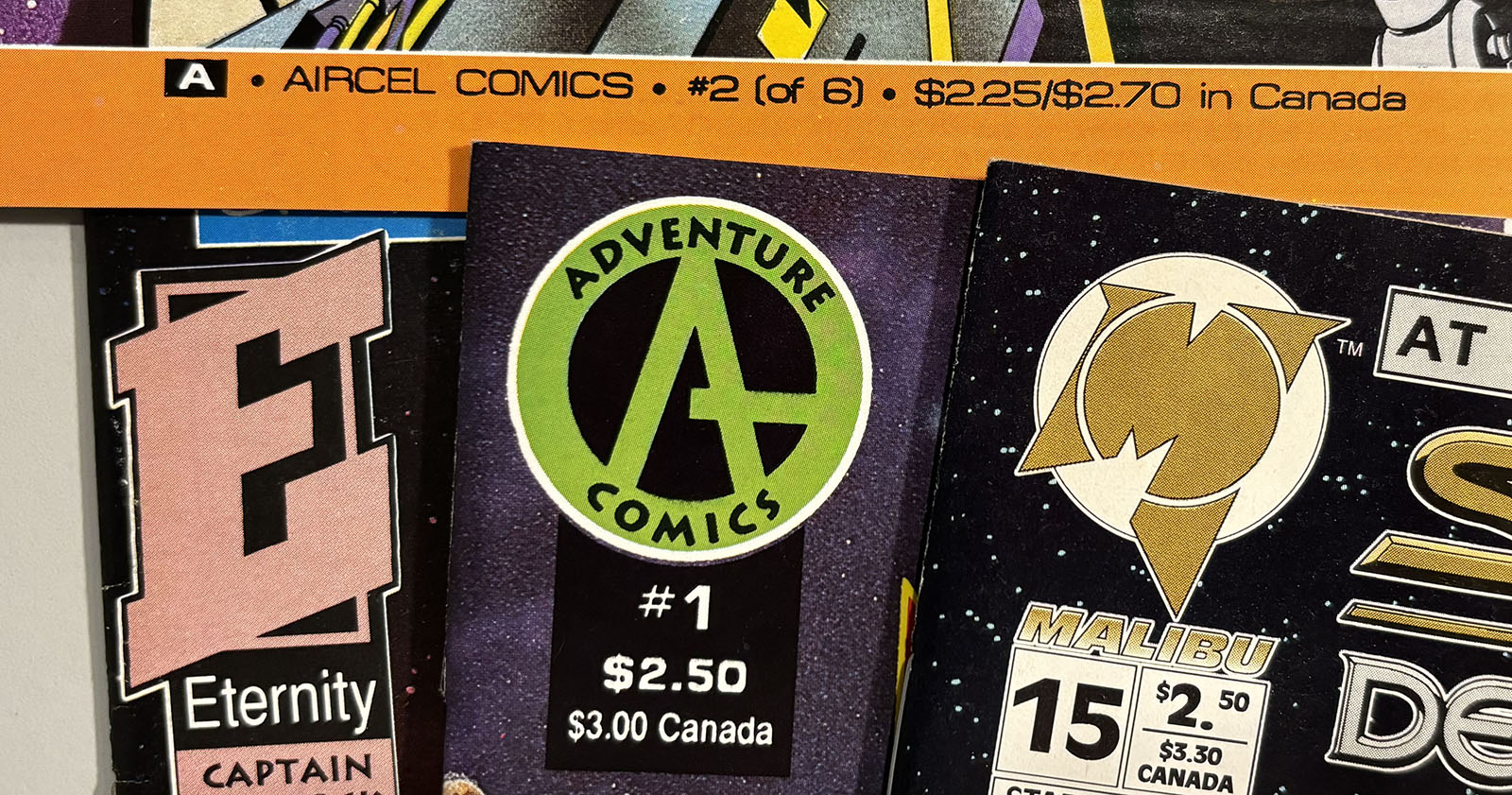
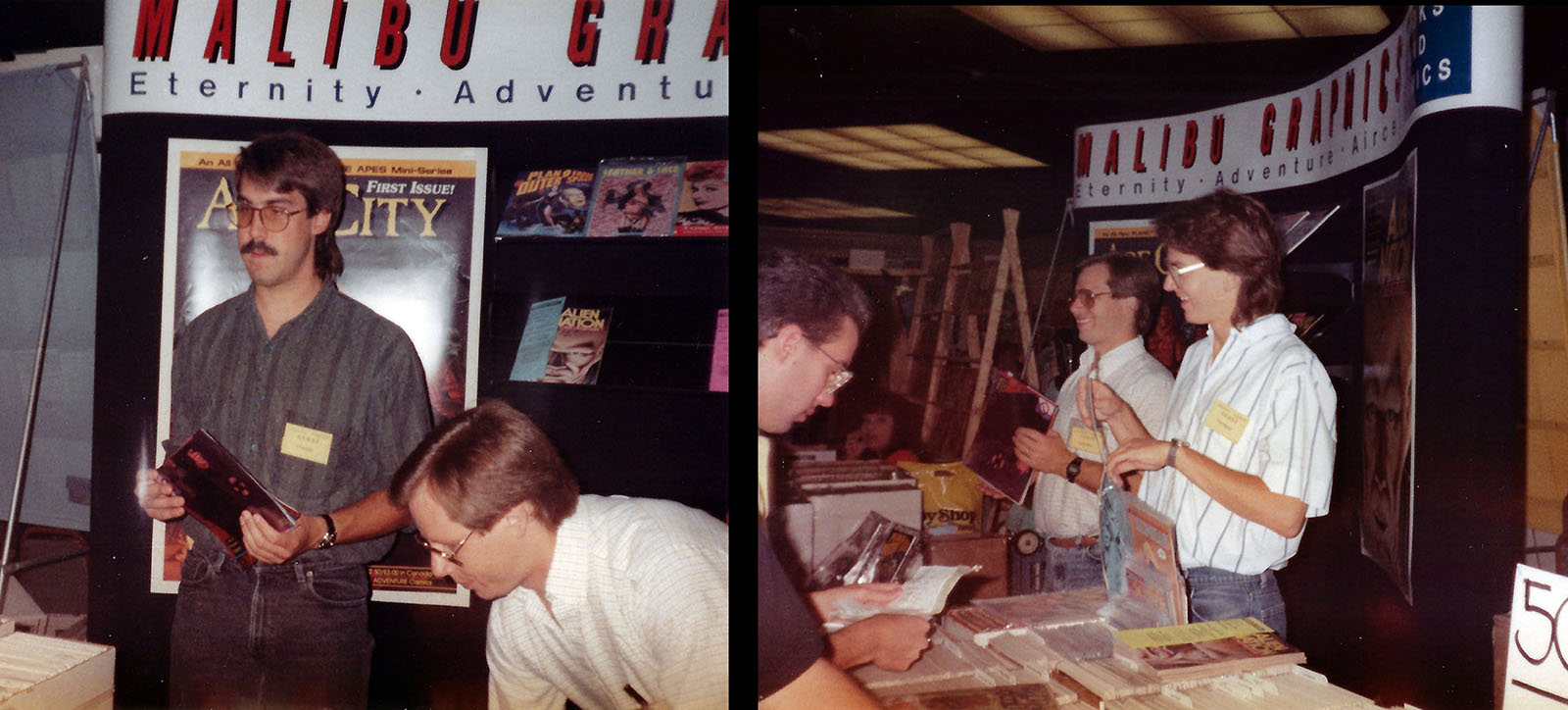
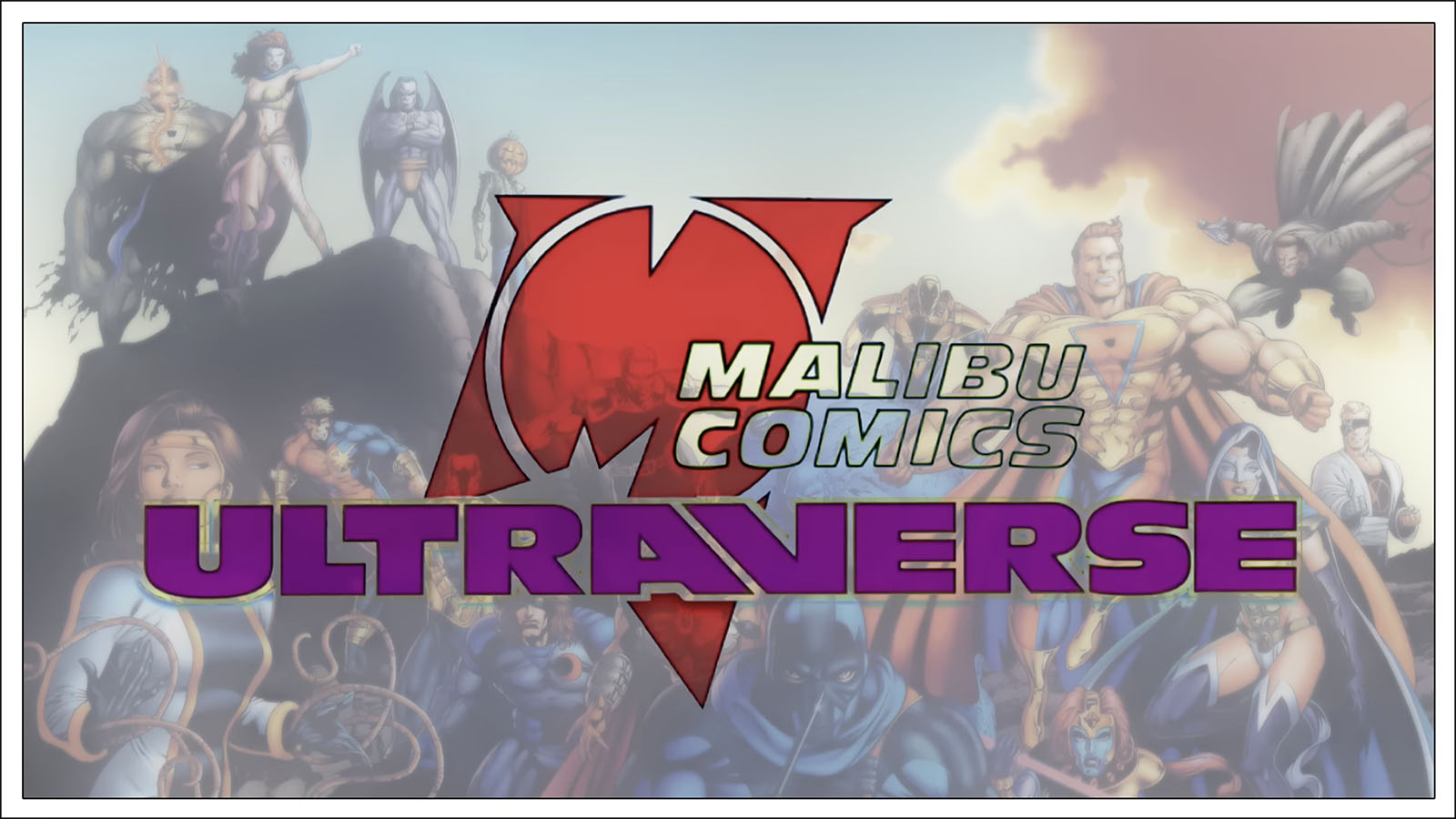
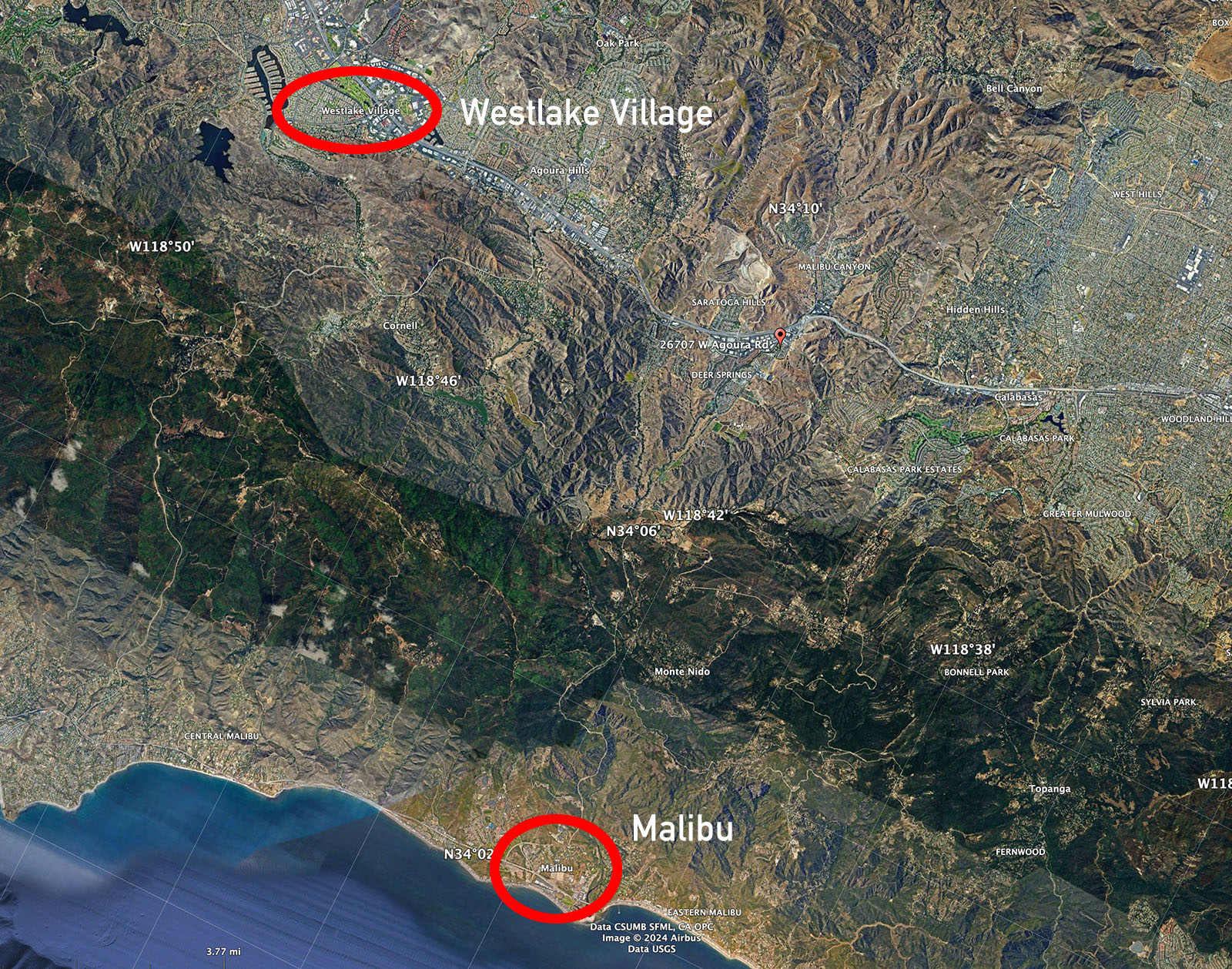
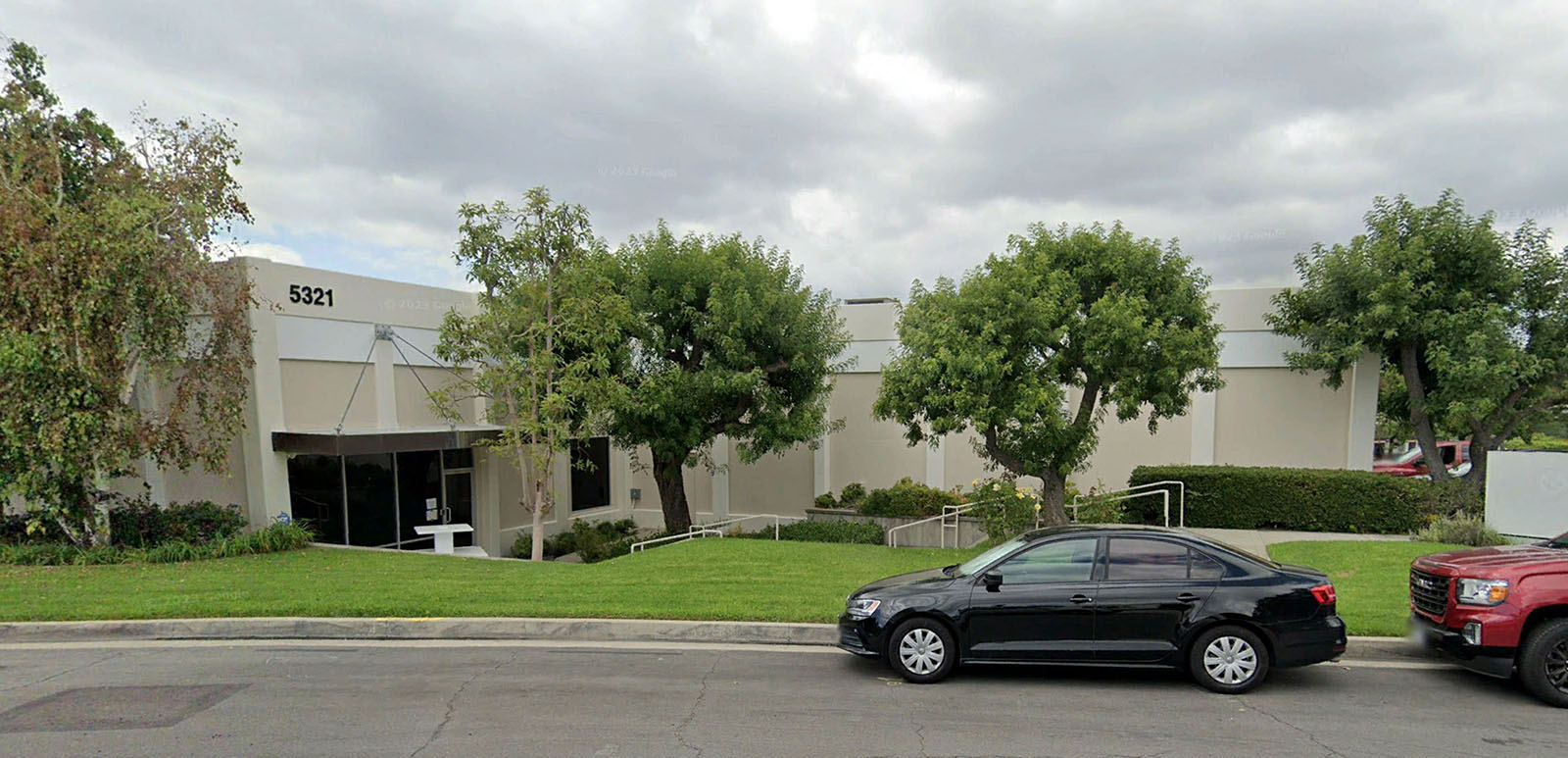
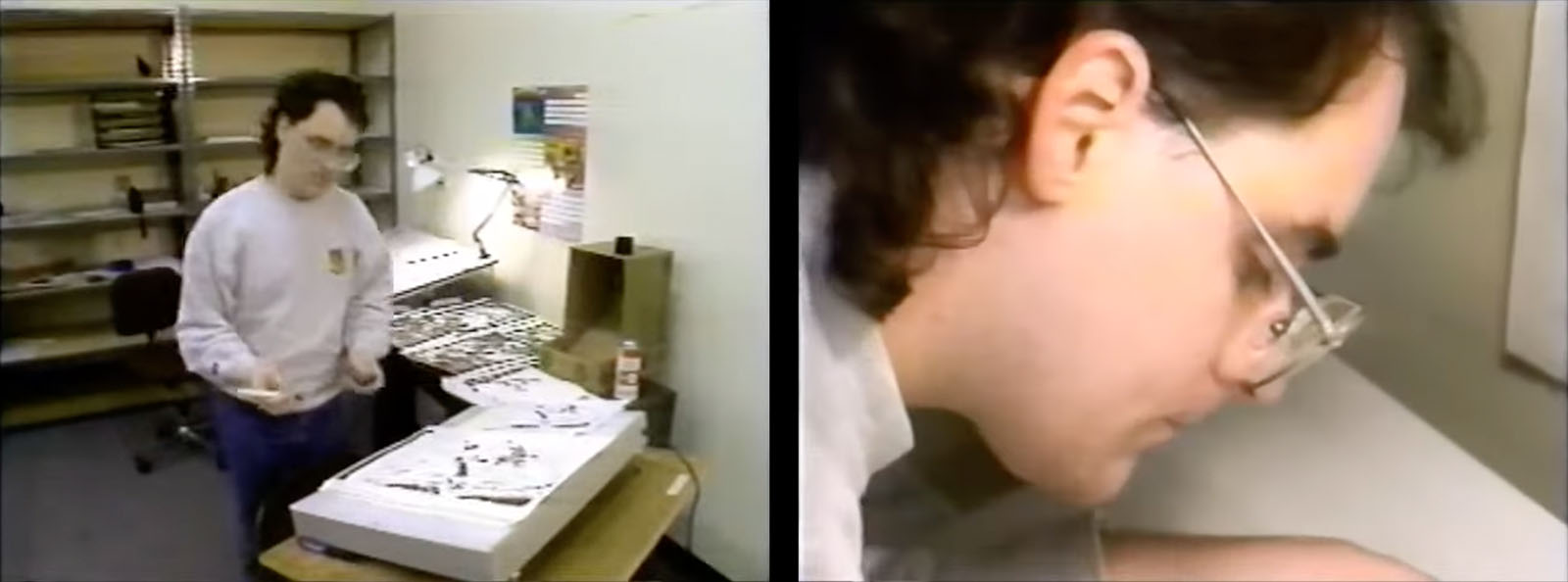
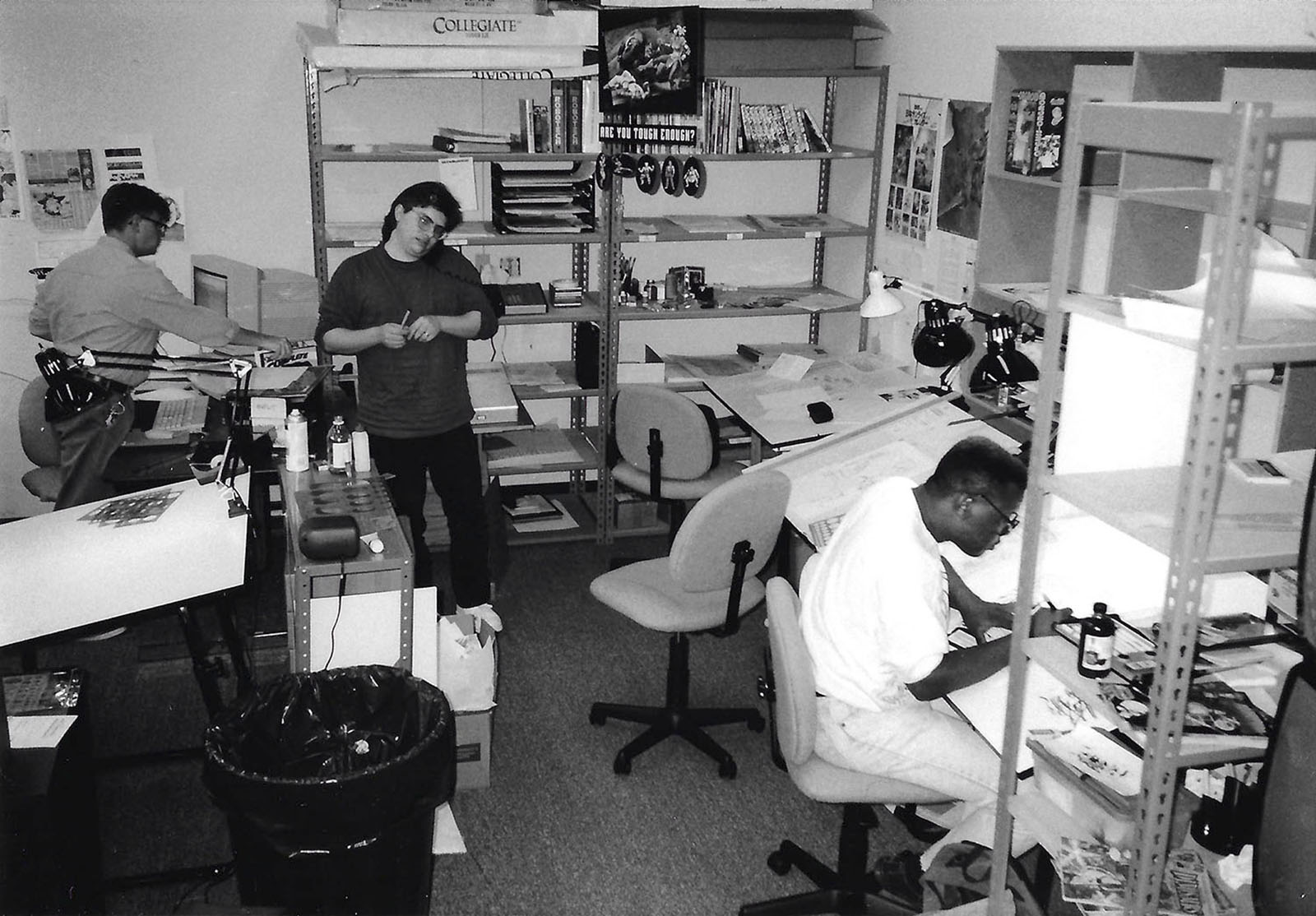
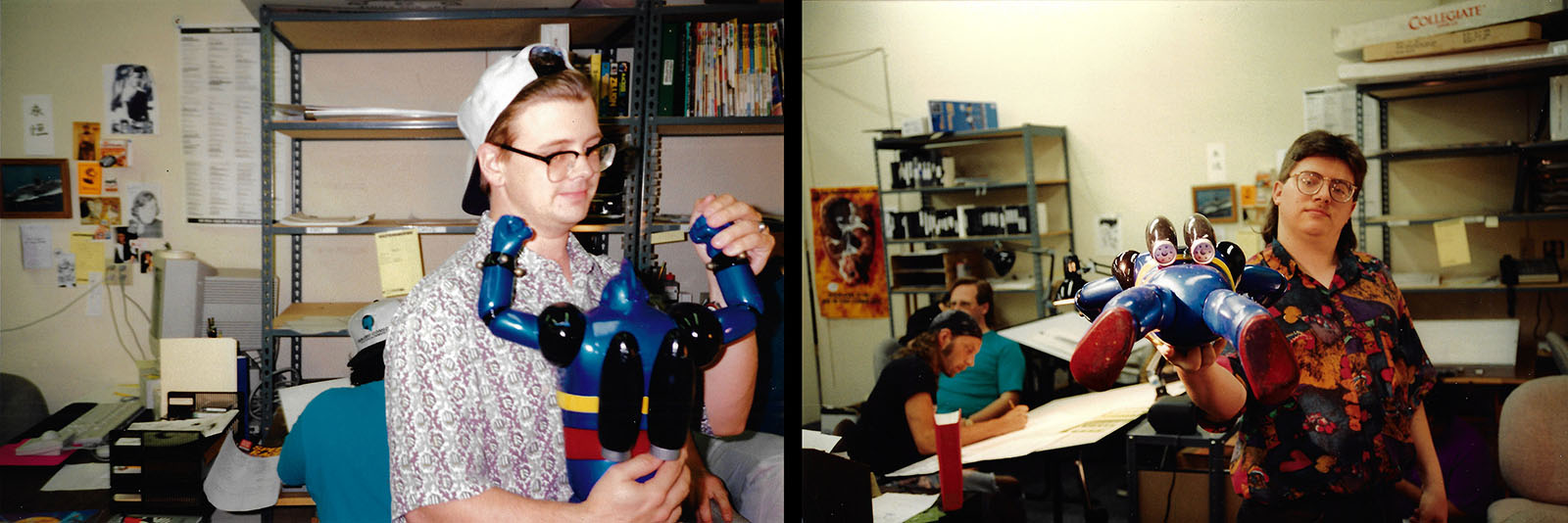
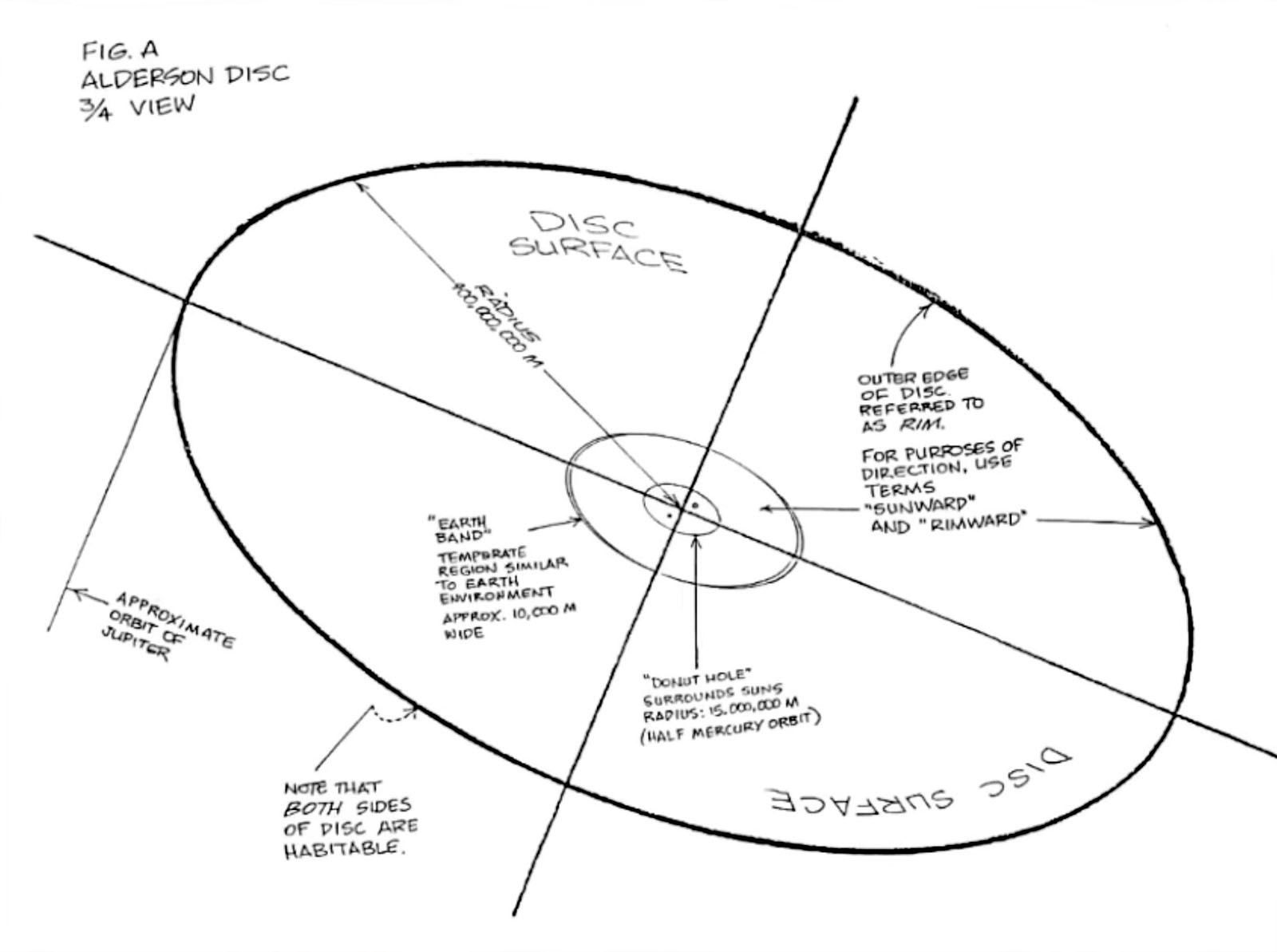
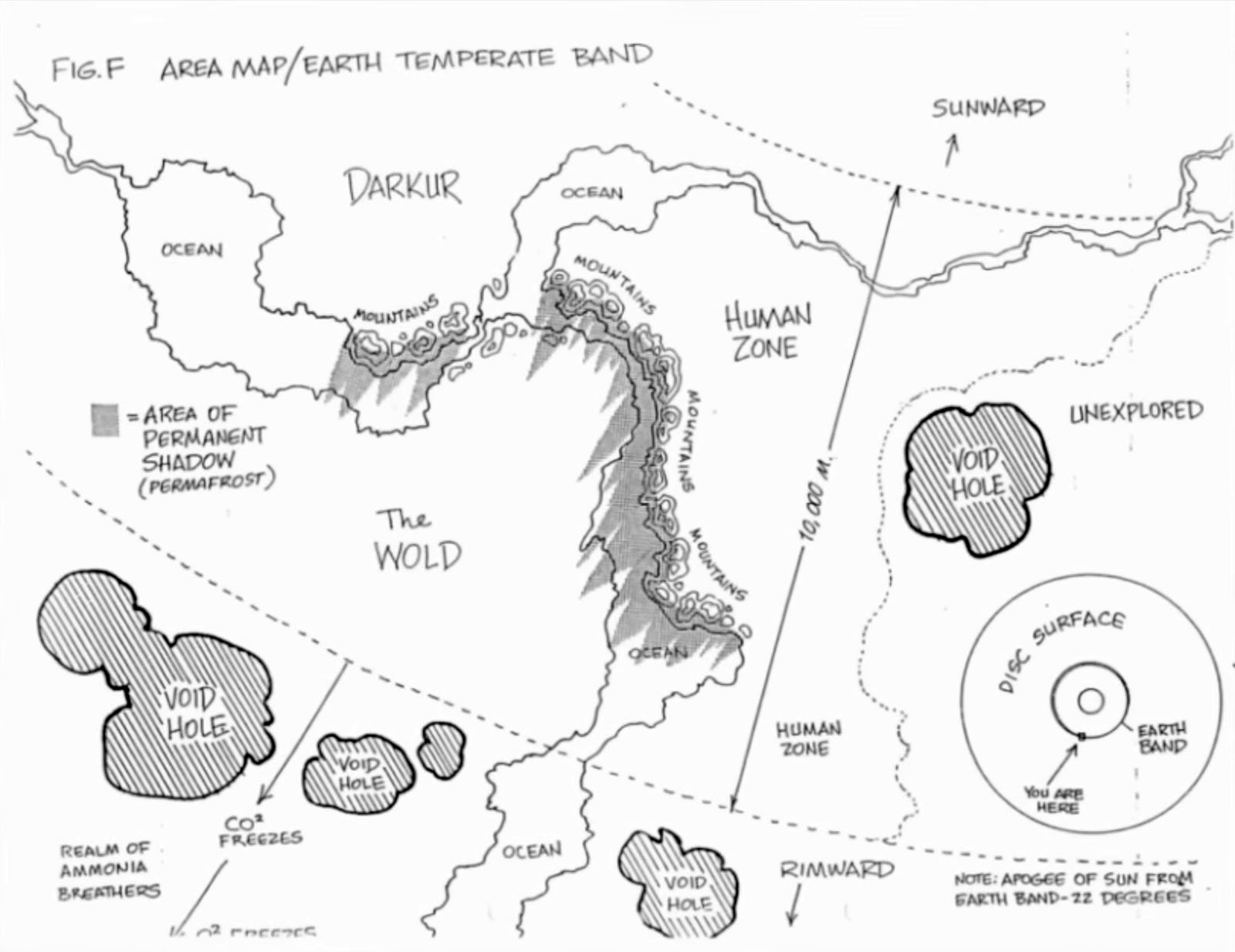
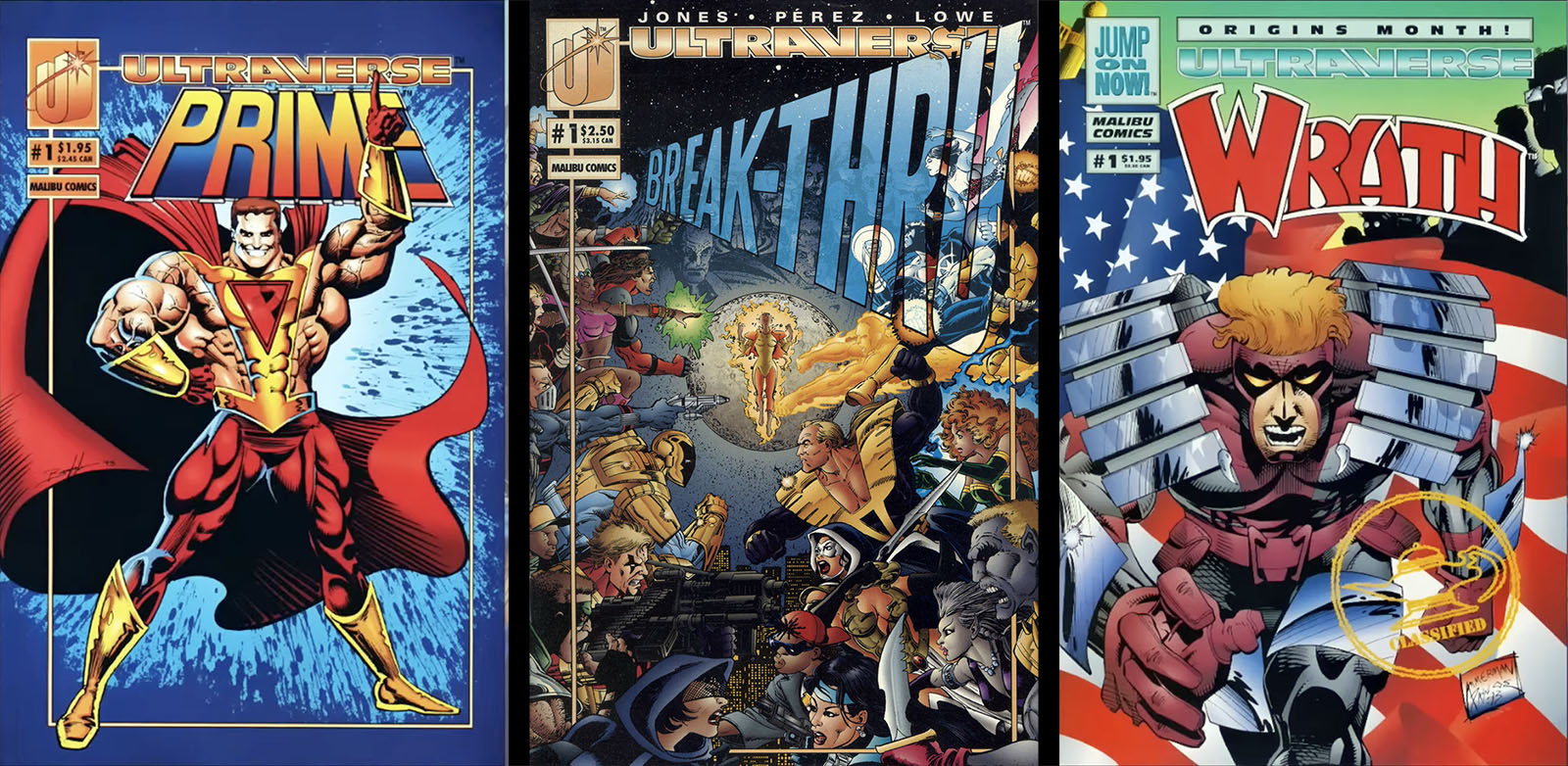
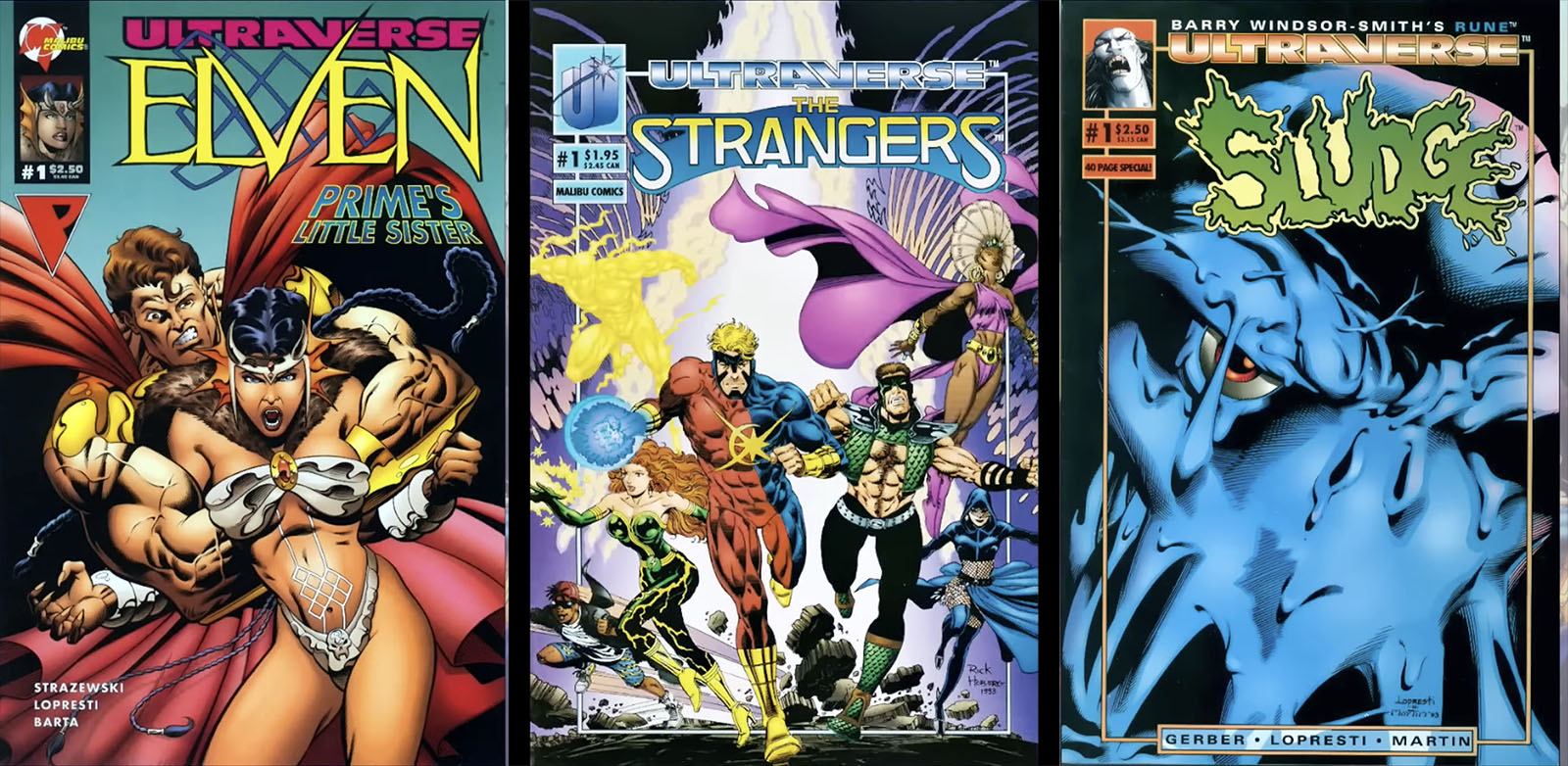
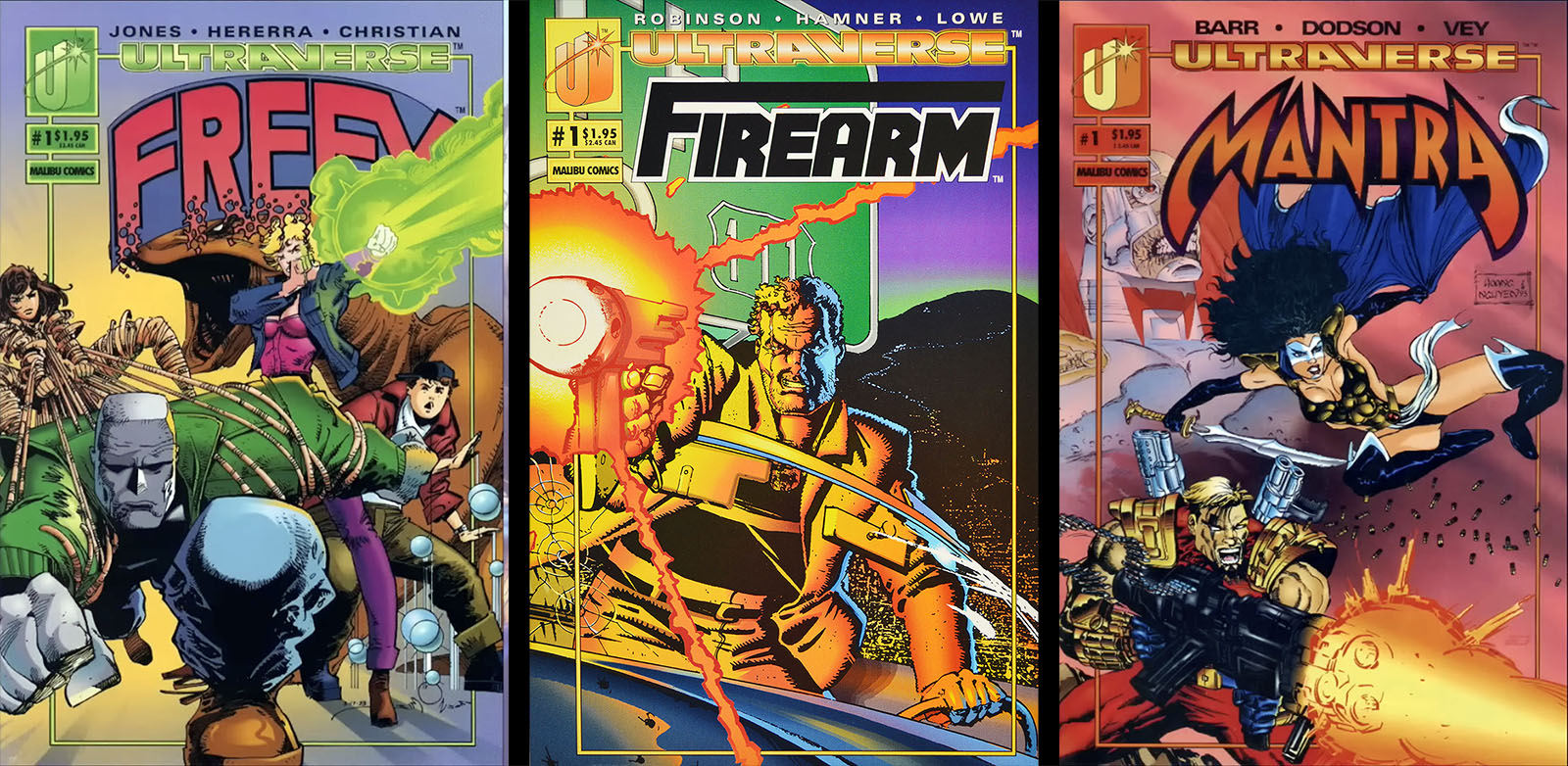
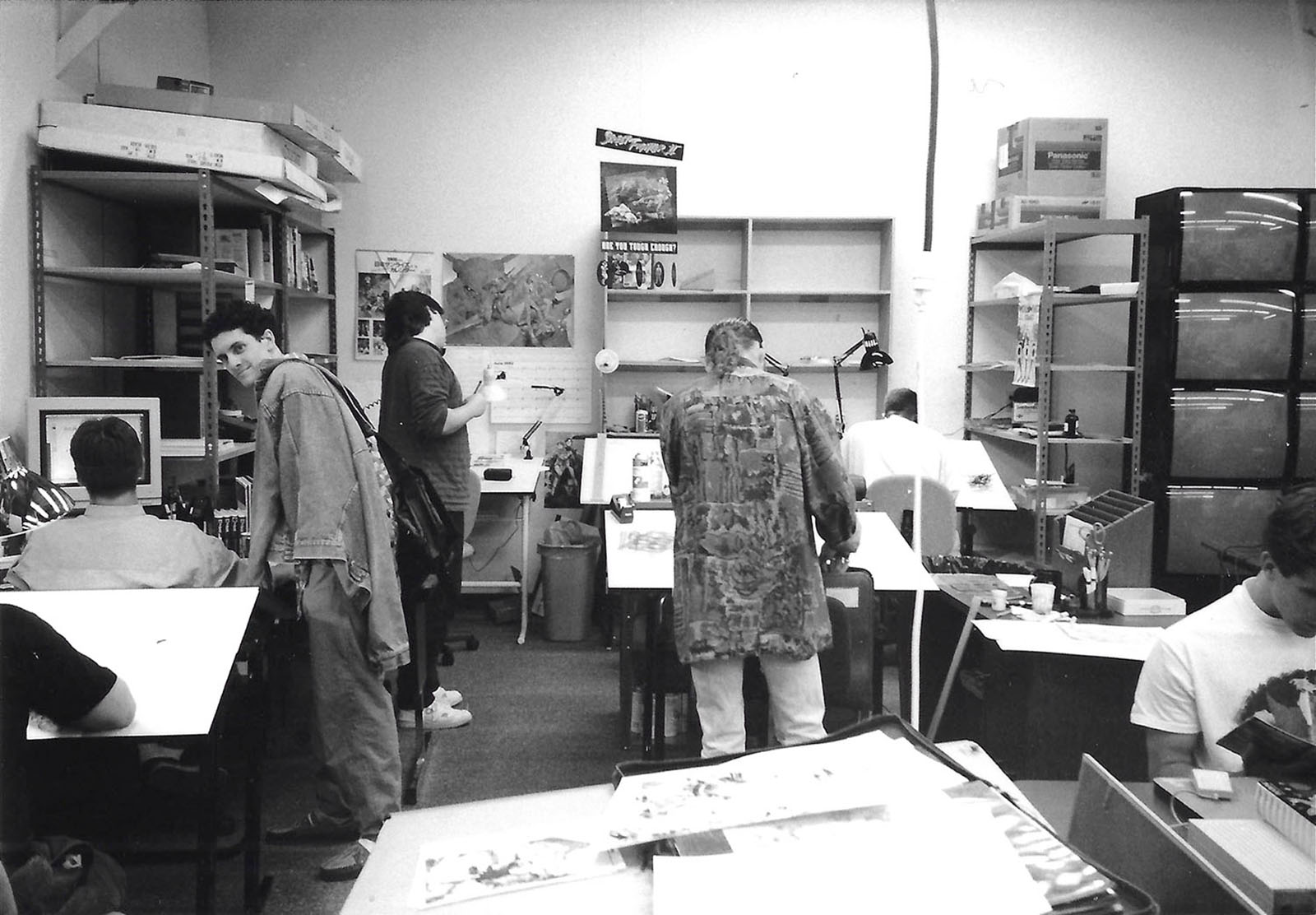

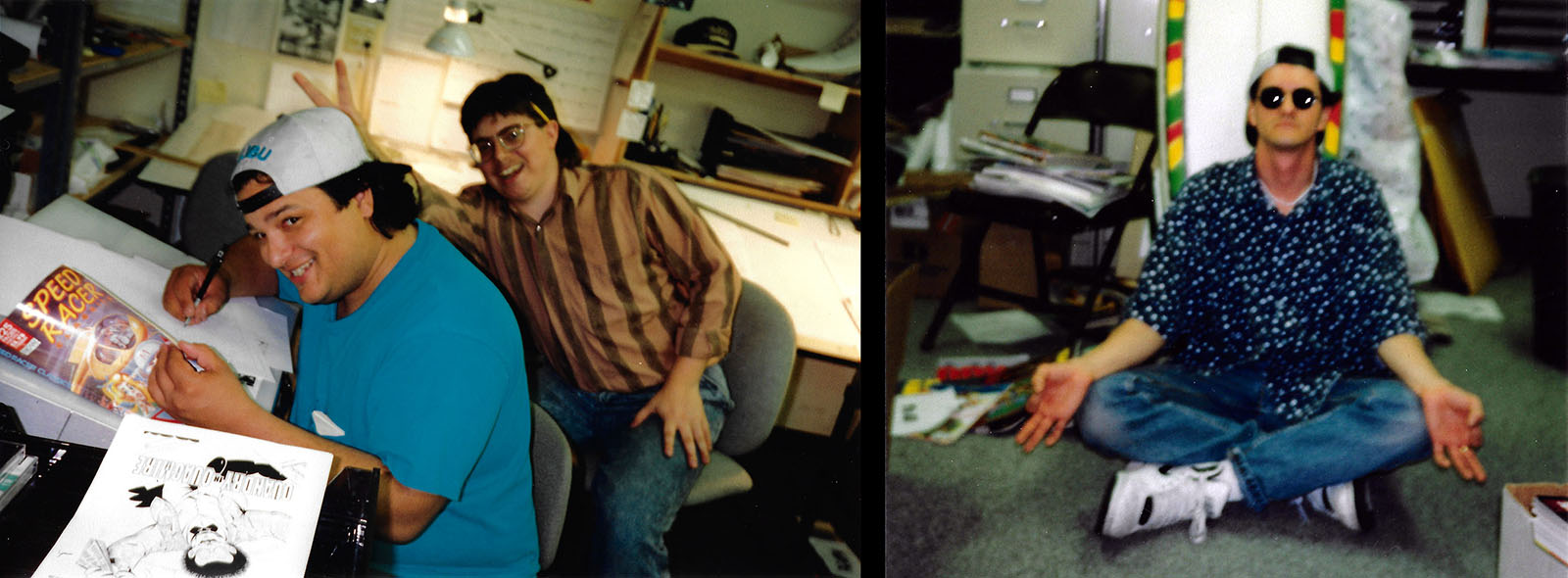
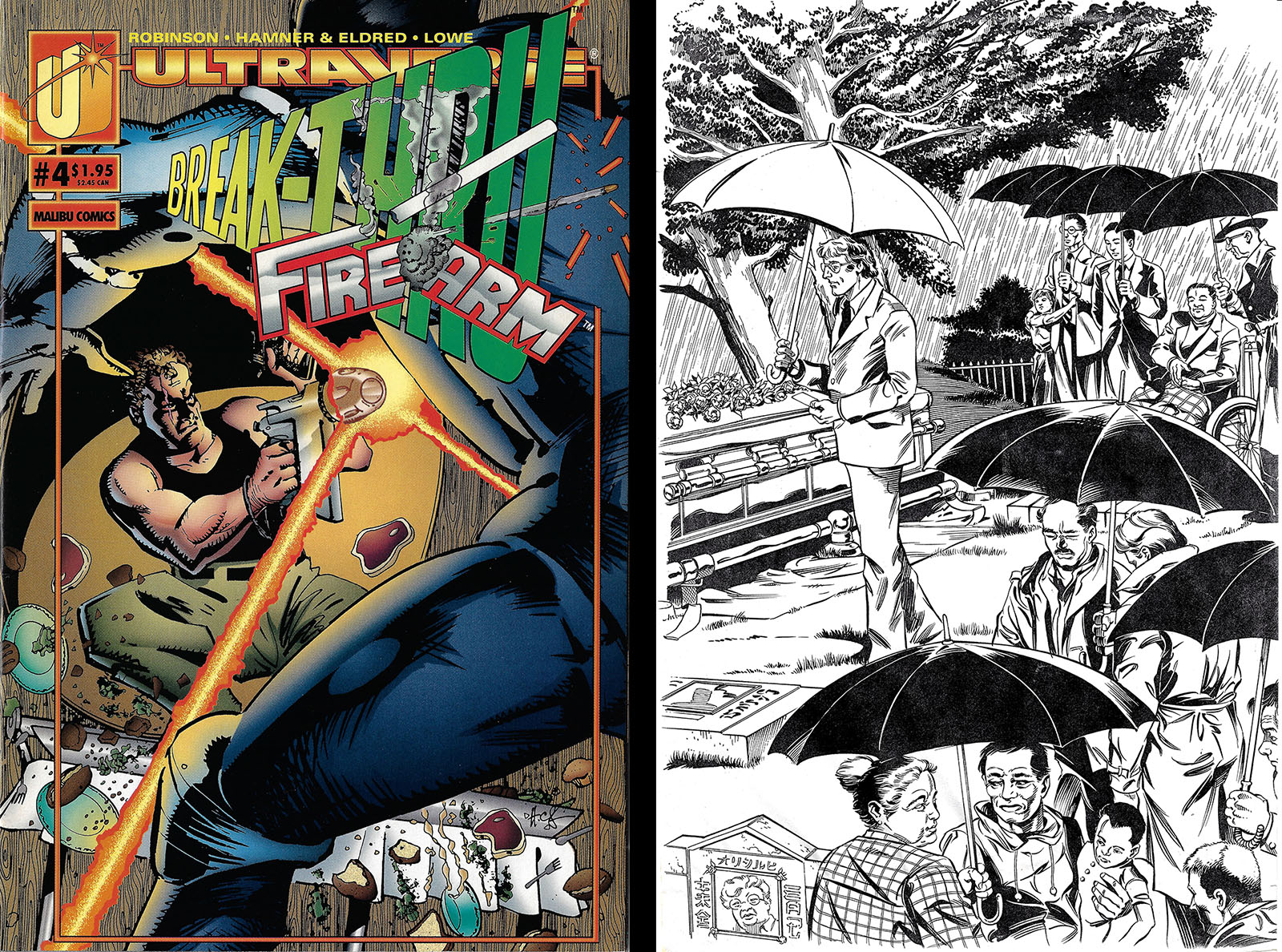
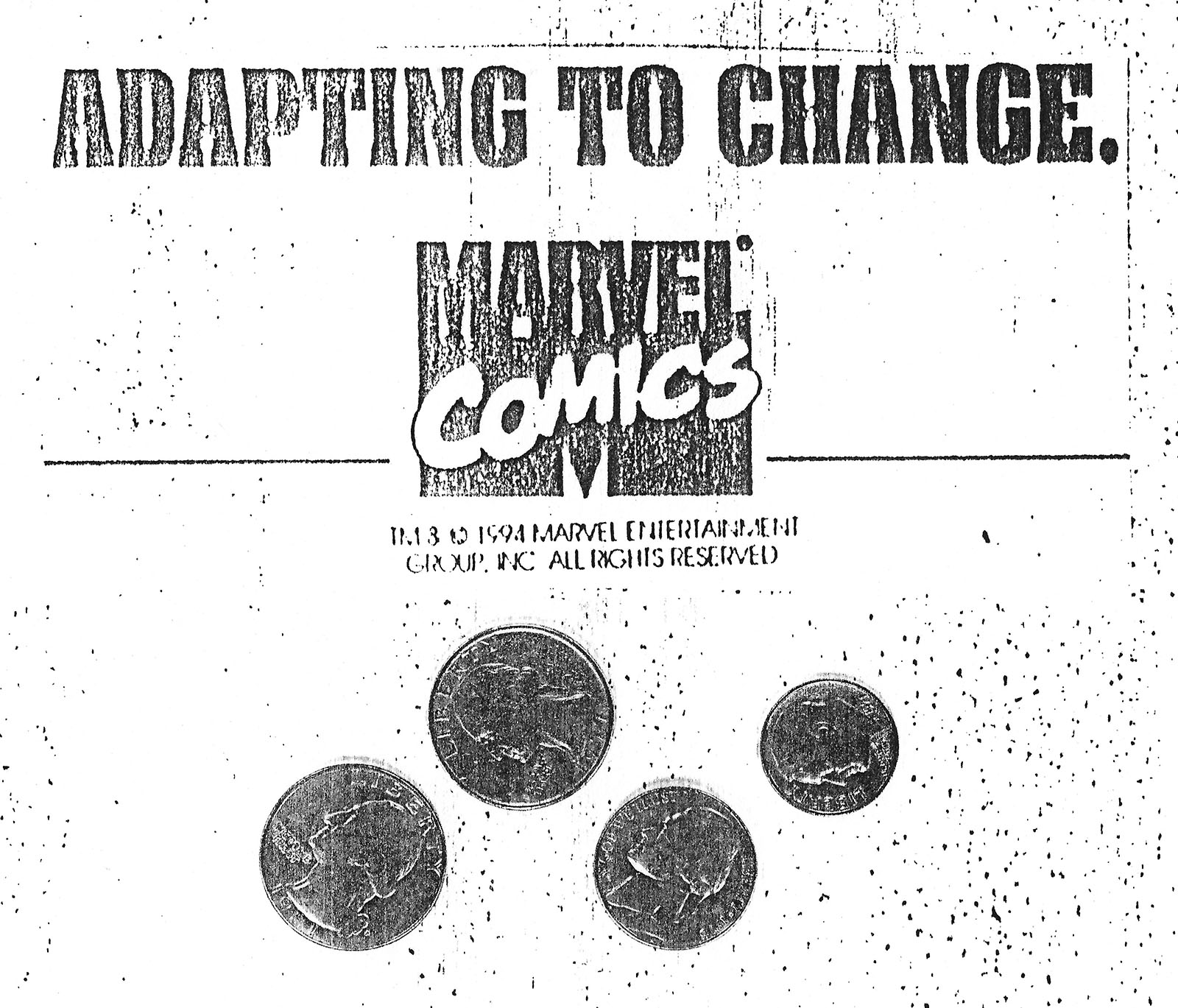
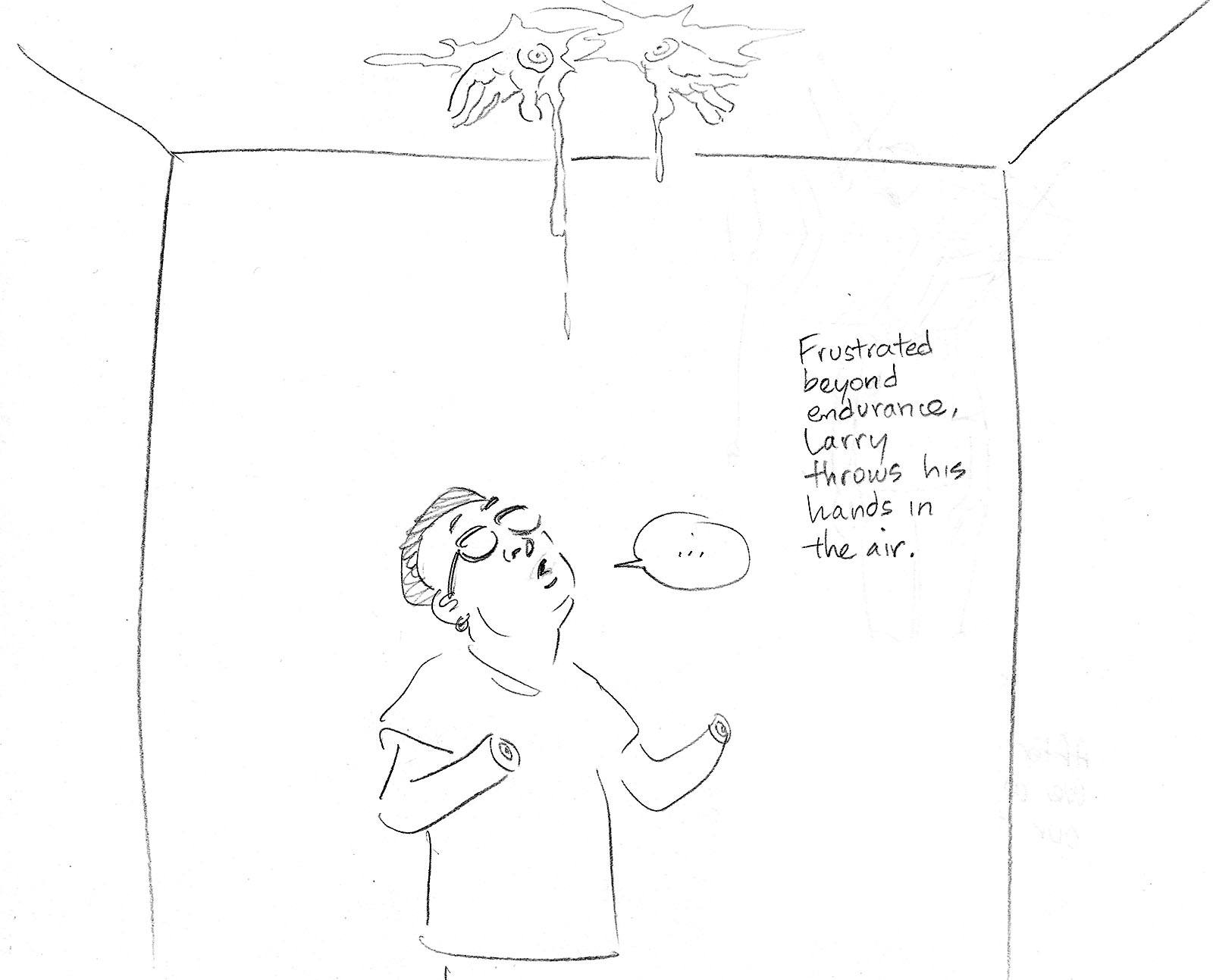
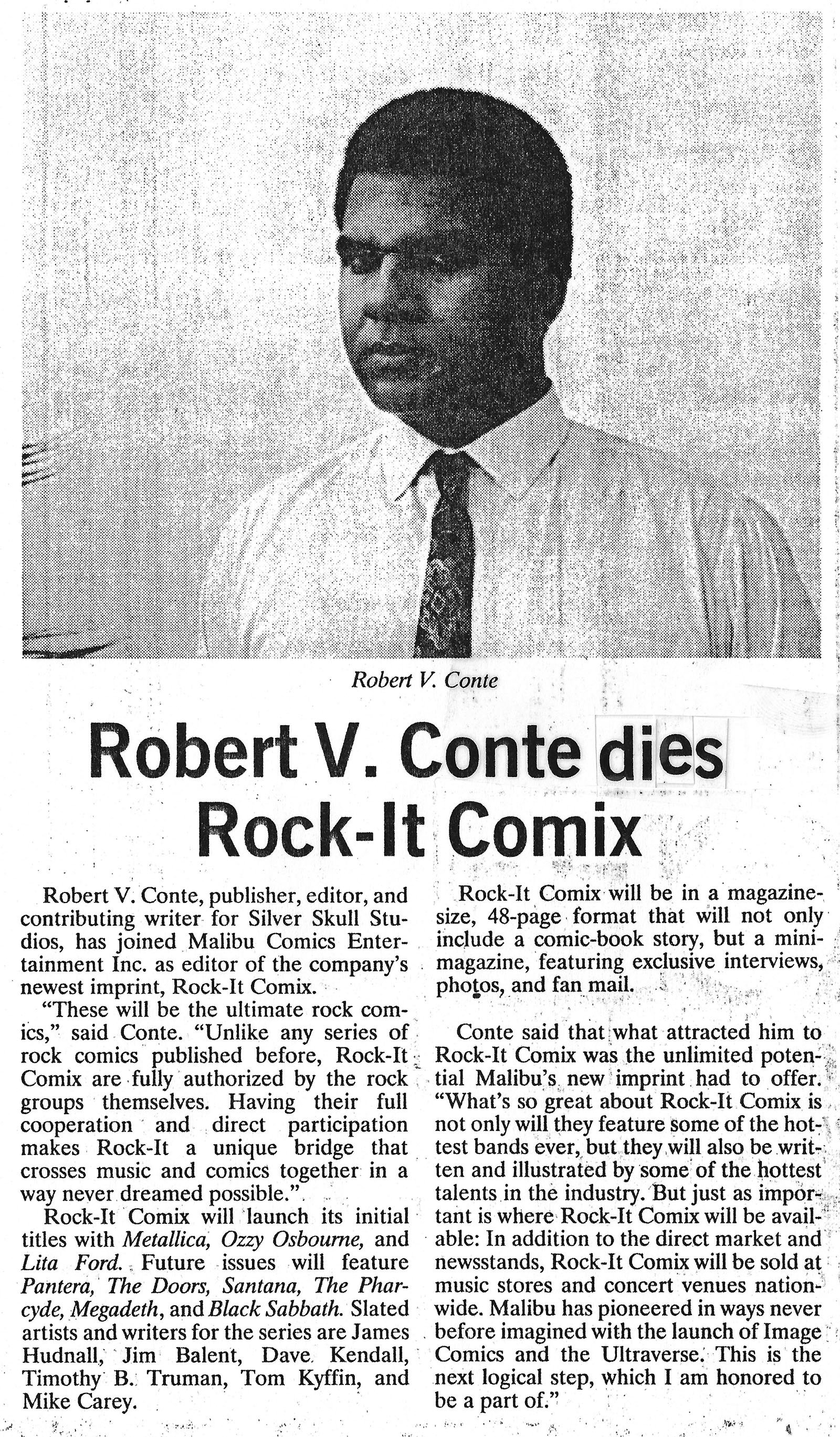
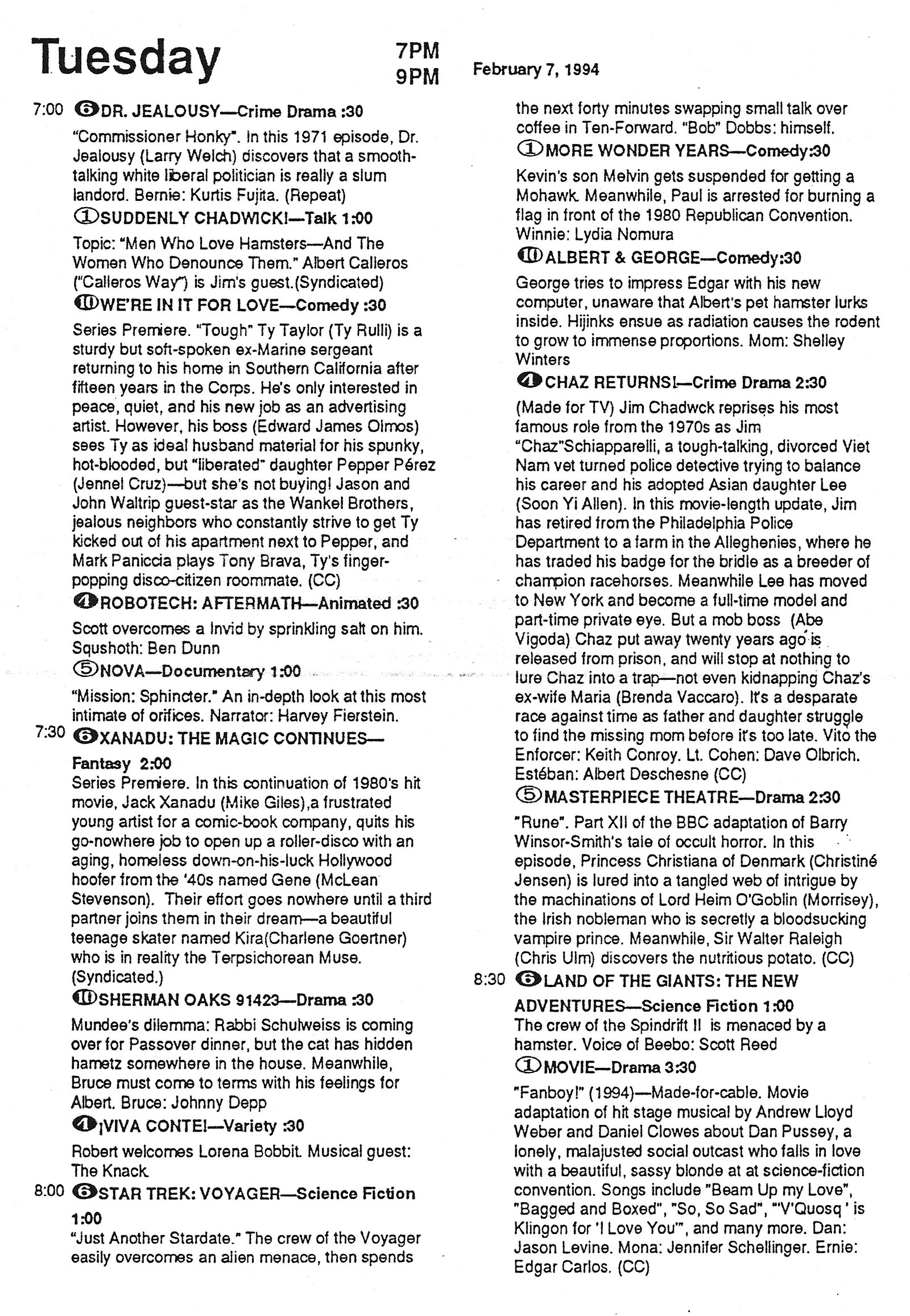
Hello! I picked up Broid issues 1-3 from my local comic shop solely based on covers. It ended up being a fantastic read and I must have more. As someone into the indie comic scene -both as a creator and a fan – this site is a real treasure trove of behind the scenes gems. Will be happily adding this to my bookmarks.
Thanks for sharing that! If you go all the way down to the first article in this section, you can read Broid from the beginning all the way through the issues that were never published.
Awesome! I have up to 3. Is 4 out there and did it end with 4?
The first series went to 4 and a second series went to 4, but there were another 4 that never got published. You can find ALL of them in the Broid articles here on ArtValt. That was one of the main reasons I started this website, to finally get them all out there.